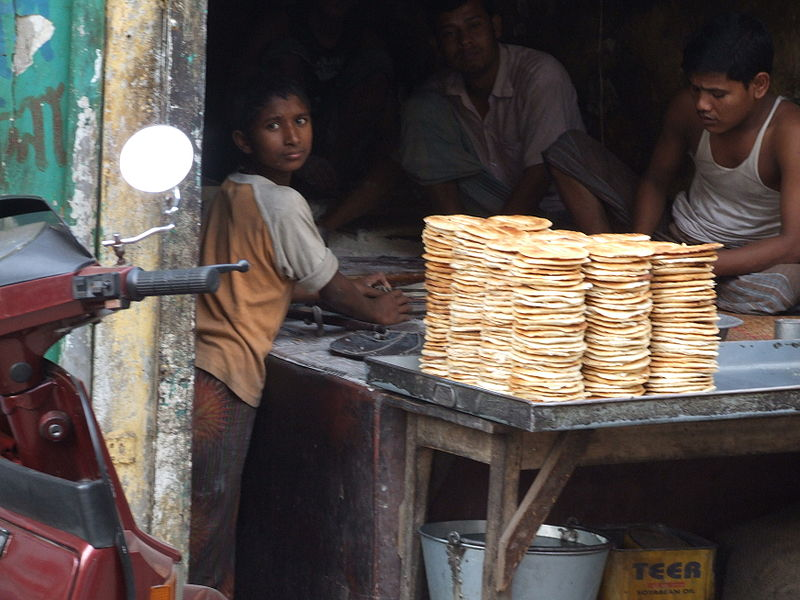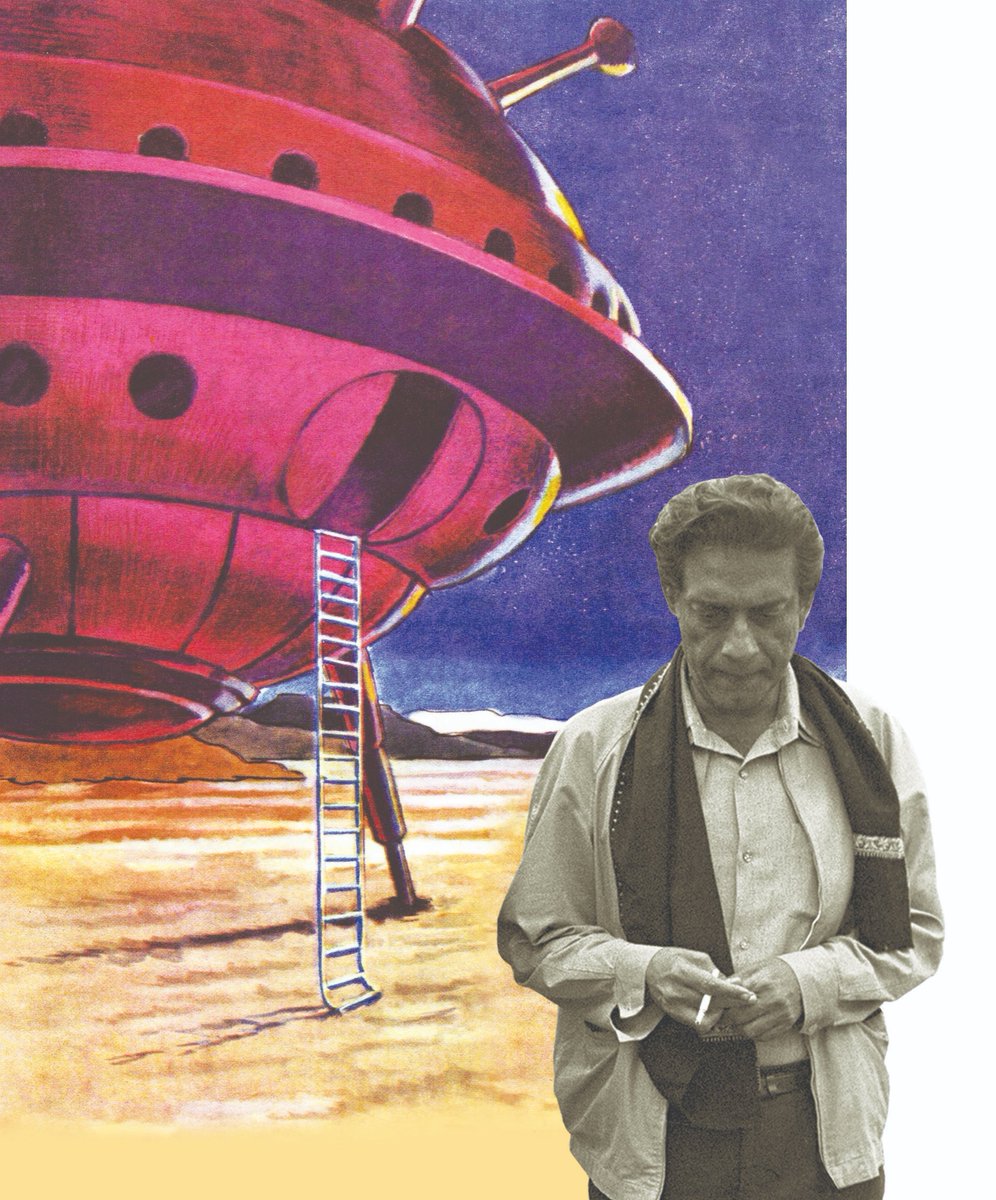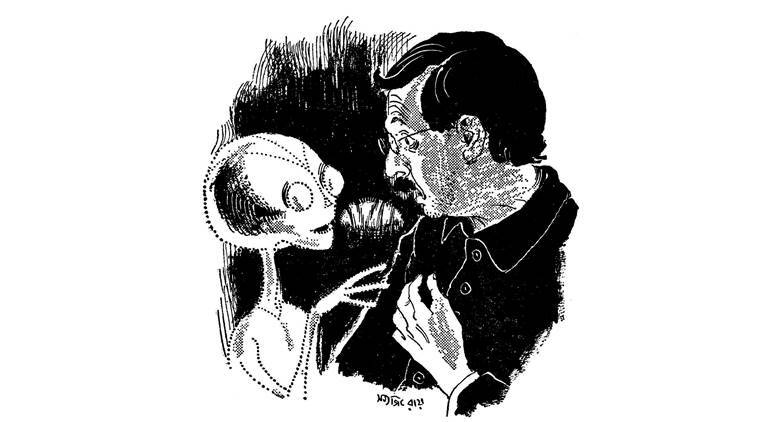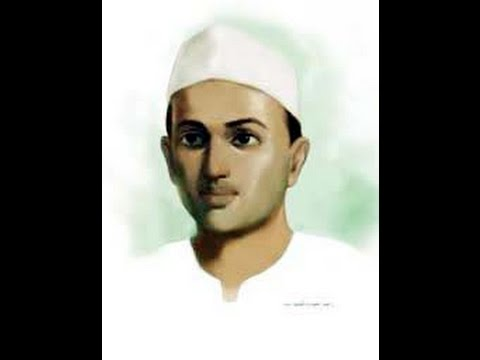
Once an ordinary word became a ‘password’ used to identify and kill Tamil minorities in Sri Lanka. A thread on #WorldPasswordDay (1/11) 

The month of July in 1983 was one of the bloodiest in world history - The Black July - when the Tamil minorities were targeted and mercilessly killed by the Sinhalese rioters in Sri Lanka (2/11)
After a deadly ambush on the Sri Lankan army by Tamil militants that killed 13 soldiers, violence broke out. Sinhalese mob rampaged on the streets and selectively attacked, looted, burned and killed Tamil civilians (3/11) 

Shops, factories and houses owned by Tamil minorities were set ablaze by the rioters with aid from the administration, army and police. They used voter registration lists to identify Tamil residents (4/11)
Based on eye-witnesses, the rioters stopped cars on the streets and asked the people inside whether they were Sinhalese or Tamil. If they were Sinhalese they would be let go, if they were Tamils they would be murdered (5/11)
To isolate the Tamils from Sinhalese the mob devised a unique approach, a special kind of password. They took a leaf out of the infamous Parsley massacre in 1937 where the Haitian immigrants were killed by the Dominican dictator (6/11)
The technique is known as Shibboleth, a way of identifying ethnic groups based on the pronunciation of a certain word or phrase (7/11)
Dominican soldiers would hold up a sprig of parsley and ask what it was. If the person responded with the French pronunciation they would be murdered (8/11)
In Sri Lanka, the rioters carried out a similar plan by asking for a linguistic password to reveal ethnicity. Every vehicle was stopped and civilians were asked to pronounce 'Baaldiya', the Sinhalese word for bucket/baalti (9/11)
A true Sinhalese would fluently pronounce the word as Baaldhiya, but a Tamil would find it difficult to pronounce the word and that would determine their fate - life or death (10/11)
Many who couldn’t pronounce Baaldiya fluently were burnt alive that week. Based on various sources, almost 3000 Tamil minorities were killed in Black July, when language became the password to life (11/11) 

Source: The Politics of English in Sri Lanka: Perspectives from Postcolonial Anglophone Literature/ Gazala Anver. Blackjuly.info. Wikimedia
• • •
Missing some Tweet in this thread? You can try to
force a refresh














